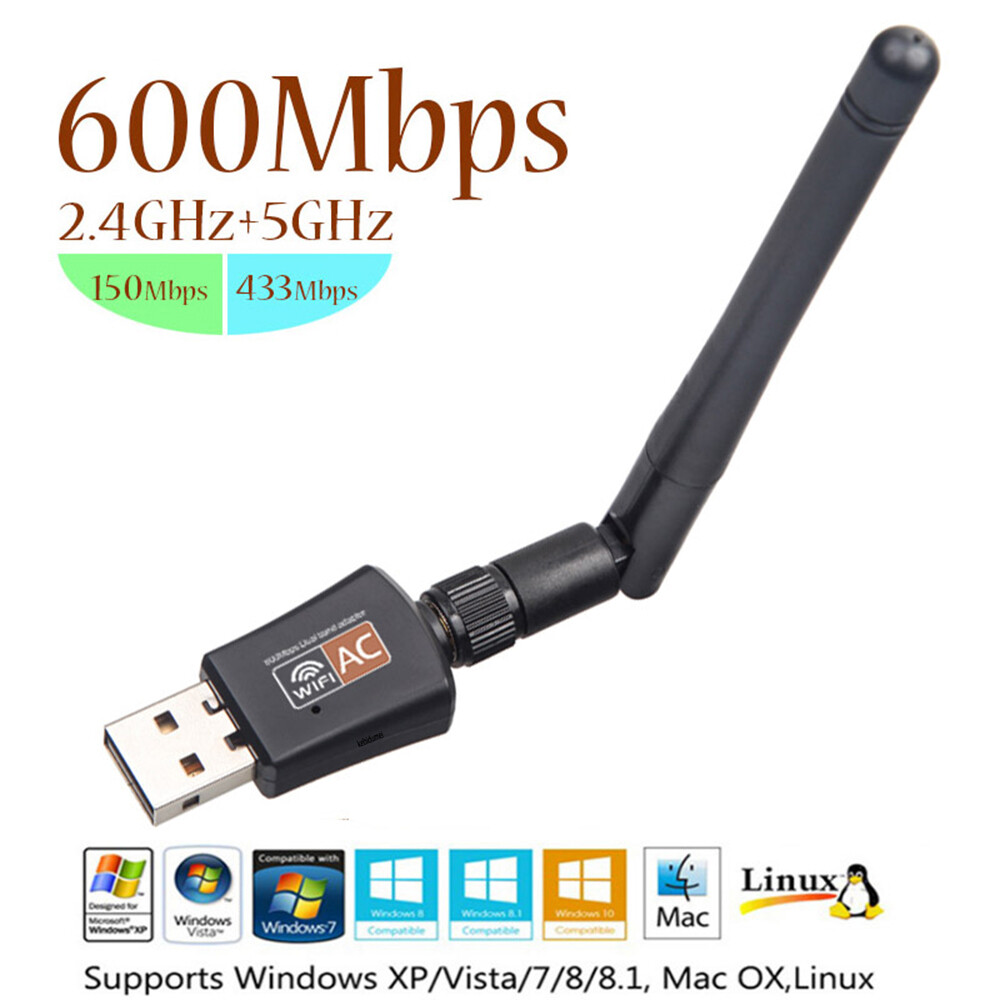

From mid-2013, the alliance started certifying Wave 1 802.11ac products shipped by manufacturers, based on the IEEE 802.11ac Draft 3.0 (the IEEE standard was not finalized until later that year). The Wi-Fi Alliance separated the introduction of ac wireless products into two phases ("waves"), named "Wave 1" and "Wave 2". This is accomplished by extending the air-interface concepts embraced by 802.11n: wider RF bandwidth (up to 160 MHz), more MIMO spatial streams (up to eight), downlink multi-user MIMO (up to four clients), and high-density modulation (up to 256-QAM). The specification has multi-station throughput of at least 1.1 gigabit per second (1.1 Gbit/s) and single-link throughput of at least 500 megabits per second (0.5 Gbit/s). The standard has been retroactively labelled as Wi-Fi 5 by Wi-Fi Alliance. IEEE 802.11ac-2013 or 802.11ac is a wireless networking standard in the IEEE 802.11 set of protocols (which is part of the Wi-Fi networking family), providing high-throughput wireless local area networks (WLANs) on the 5 GHz band. *: (Wi-Fi 0, 1, 2, 3, are unbranded common usage.

Wireless networking standard in the 802.11 family Wi-Fi Generations


 0 kommentar(er)
0 kommentar(er)
